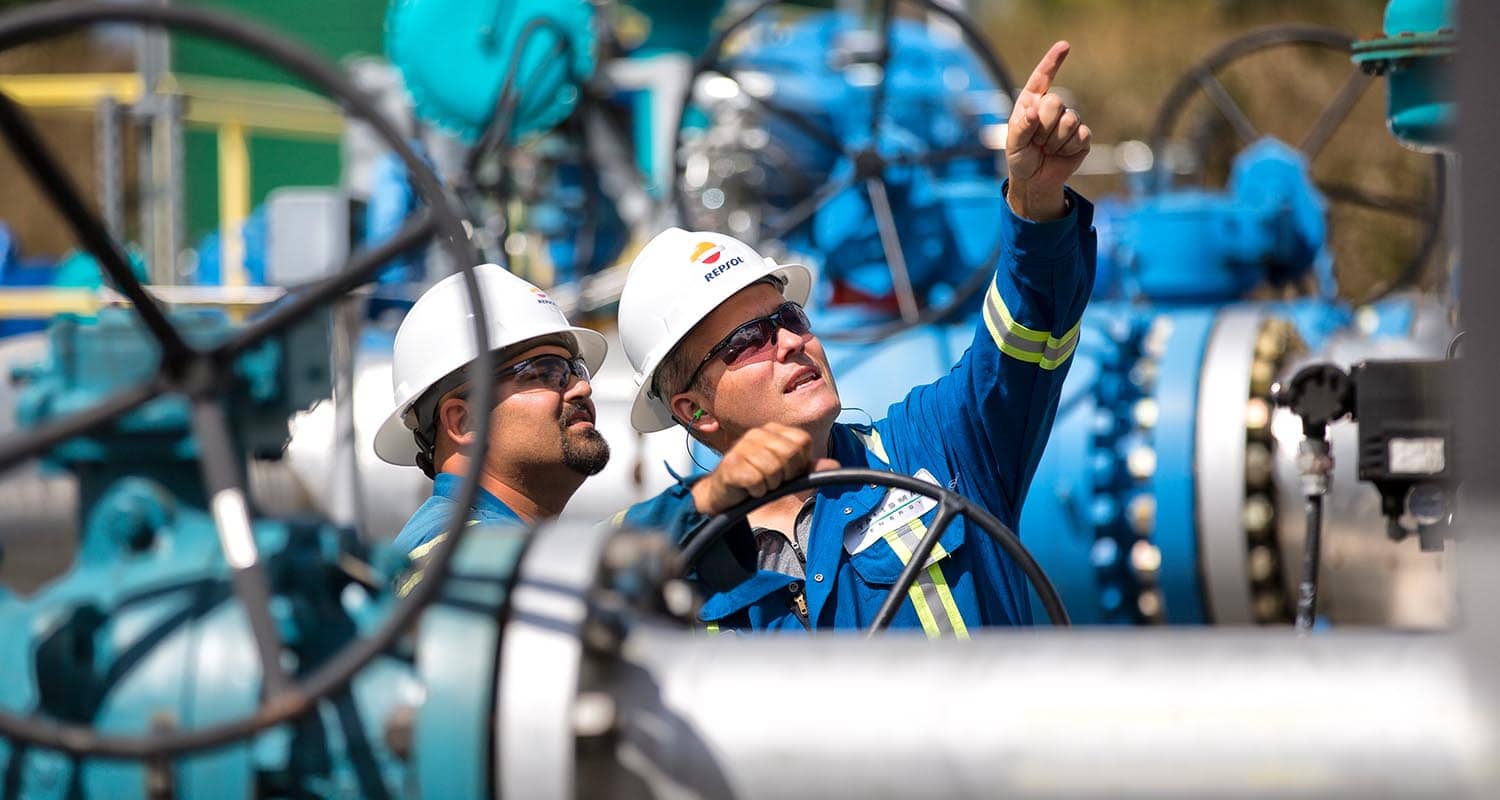Repsol is opening the primary terminal in Spain to produce LNG as a marine gasoline, an operation often known as bunkering. The power got here into operation final July within the northern Spanish port of Bilbao.
The terminal has a cryogenic tank with a storage capability of 1000 m3. A second terminal of the identical capability is already below development within the neighbouring metropolis of Santander, and it’ll come into operation throughout 1H23. Each terminals are co-financed by the European Fee by the CEF – Connecting Europe Amenities Programme.
The services are a part of the collaboration settlement that Repsol formalised in 2019 with Brittany Ferries for the provision of LNG as a marine gasoline for its operations in Spain. Amongst its fleet, the vessel Salamanca performs common operations at this terminal. Solely the gasification of the Salamanca and Santoña vessels working from Bilbao and Santander will permit avoiding greater than 73 000 tpy of CO2.
These LNG terminals are, thus, one other instance of Repsol’s dedication to the decarbonisation of mobility, with a multi-technological method utilizing all out there options to succeed in web zero emissions by 2050.
Within the design of the terminal in Bilbao, operational flexibility has been a precedence, which gives a number of benefits to clients. The terminal permits entry to any sort of vessel, thus masking the wants of a medium-sized phase for LNG refuelling. The power additionally permits simultaneous loading of passengers and gasoline, thus optimising operations on land and in maritime visitors, which results in a discount in emissions for port operations.
LNG is a marine gasoline that reduces CO2 emissions by 20% and minimises sulfur dioxide, nitrogen dioxide, and particulate emissions to virtually zero. Subsequently, its use gives a option to cut back emissions instantly in a sector that at present has no viable different in electrification, making renewable fuels probably the most possible answer to realize decarbonisation sooner or later. Ships that use LNG as gasoline may eat bio-LNG with out the necessity for modifications to their engines, which is able to assist additional cut back emissions.
LNG bunkering, thereby, allows important emission reductions in marine transportation. The trade is exhibiting nice curiosity in adopting this answer, as proven by knowledge from DNV: the LNG-powered fleet worldwide at present consists of some 320 vessels, representing a development of 30% over the earlier 12 months. In 2021, the report was reached with 500 functions for the development of ships with this propulsion know-how that can enter operation over the subsequent 5 years.
LNG in Spain
At current, Spain has six operational LNG regasification and storage vegetation distributed alongside its shoreline from which this gasoline may be equipped to the fleet of LNG ships, thus representing a possibility to step up the discount of emissions from Spanish ports.
Repsol, for its half, has in depth expertise in such a provide, having carried out greater than 100 LNG bunker operations to twenty-eight totally different vessels in seven Spanish ports. Repsol has the capability to make provides in any Spanish port.
Learn the article on-line at: https://www.lngindustry.com/liquid-natural-gas/05122022/repsol-operates-the-first-spanish-lng-bunker-terminal/


